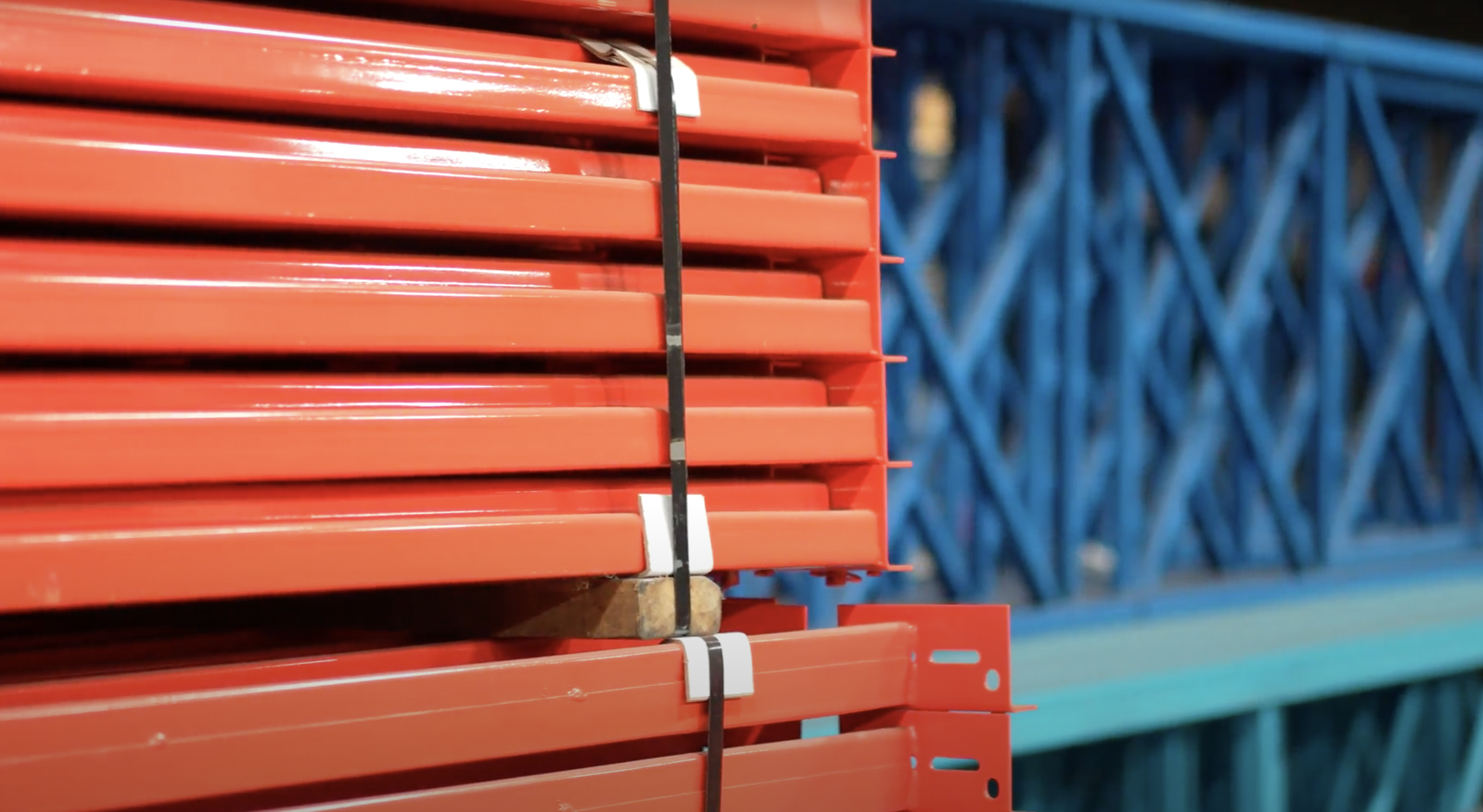
Selecting the Appropriate Steel and Thickness for Your Fabrication Job
Choosing the right steel and gauge for your fabrication project is a critical decision that can significantly impact the project's outcome. Steel is renowned for its strength, versatility, and various available options. In this blog, we'll be your guide through the world of steel, helping you make informed choices for your upcoming fabrication project. Whether you're crafting a sturdy structural masterpiece or an intricate architectural design, understanding the different types of steel and gauges is key to ensuring your project's success.
Let's focus on three primary types of steel, each with its unique attributes:
Carbon Steel: Widely used in fabrication, carbon steel is appreciated for its cost-effectiveness and strength. It comes in various forms, including low-carbon, medium-carbon, and high-carbon steel. Each variation is suited for different applications based on its carbon content.
Stainless Steel: Stainless steel boasts excellent corrosion resistance and is perfect for projects where durability and hygiene are paramount. It's frequently used in kitchen equipment, medical tools, and architectural features.
Aluminum: Although not a steel, aluminum is a lightweight and corrosion-resistant material often chosen for projects where weight is a consideration. Its malleability and strength make it a suitable choice for various applications.

Understanding Steel Gauges:
The gauge of steel indicates its thickness, and selecting the right gauge is crucial for your project's success. Here's how different gauges are typically employed:
Thicker Gauges (Lower Gauge Numbers): Thicker steel gauges, such as 14-gauge or 12-gauge, provide superior strength and are ideal for heavy-duty applications like structural components, load-bearing elements, and industrial equipment.
Medium Gauges (Between 16-10 Gauge): These gauges offer a balance between strength and flexibility, making them suitable for various construction projects, including building frameworks, machinery, and more.
Thinner Gauges (Higher Gauge Numbers): Thinner steel, such as 18-gauge or higher, is preferred for projects that require a lightweight yet robust material. It's commonly used in architectural and decorative applications.
In conclusion, t's crucial to consider the project's specific requirements, budget, and intended use. Ensure that the chosen steel type and gauge align with your project's structural demands, aesthetic goals, and environmental conditions. If you're uncertain about the best steel type and gauge for your project, our team at G&G Fabrication and Welding is here to help. We have extensive experience working with various steel types and gauges and can provide tailored guidance and recommendations based on your project's unique needs.
